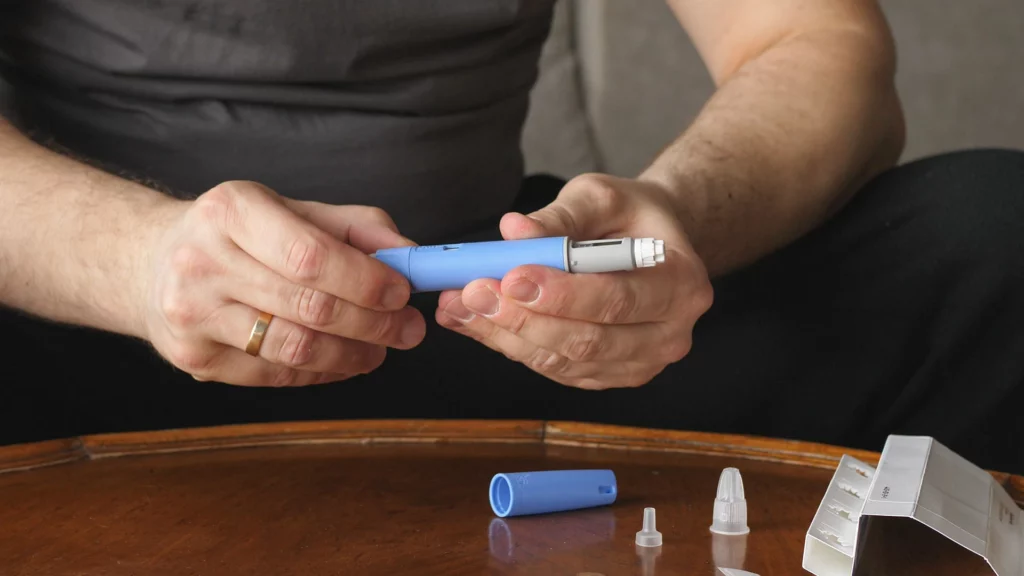Welcome to our guide to Advanced Cardiovascular Life Support (ACLS). As healthcare providers, the expertise we acquire, and the decisions we make can drastically alter outcomes in critical situations. ACLS, an essential educational offering, equips us with the knowledge and skills to effectively manage cardiovascular emergencies, ultimately fostering a culture of patient-centered care.
ACLS revolves around six fundamental algorithms, which are step-by-step procedures for emergency cardiovascular care. Mastering these algorithms provides the backbone for successful ACLS applications.
EKG Interpretation
A critical part of this training involves EKG interpretation. An Electrocardiogram (EKG) represents the heart’s electrical activity, reflecting its structure and function. Recognizing different “Rhythm Neighborhoods” and understanding how to analyze the rate, rhythm, P waves, QRS waves, and ST segments on an EKG is central to appropriate decision-making in emergencies.
Cardiac Arrest
Cardiac arrest requires immediate recognition and initiation of CPR compressions. Automated External Defibrillators (AEDs), when available, deliver an electrical shock to restore normal heart rhythm. Advanced care in such scenarios might necessitate the use of Epinephrine, Antidysrhythmics like Amiodarone, and procedures like intubation to secure the airway.
Reversible Causes of Cardiac Arrest
ACLS is a team effort, and effective team dynamics contribute to successful patient outcomes. Within this framework, understanding the H’s and T’s, that is, the reversible causes of cardiac arrest, is critical. These include hypoxia, hypovolemia, acidosis, temperature extremes, hyperkalemia, cardiac tamponade, tension pneumothorax, coronary and pulmonary thrombosis, and exposure to toxins.
ROSC
Return of Spontaneous Circulation (ROSC) represents a vital step toward patient recovery. It involves recognizing the return of pulse and monitoring capnography and blood pressure. Subsequent measures include maintaining pressure and oxygenation, possibly inducing therapeutic hypothermia (32-36 degrees Celsius), and obtaining a 12-lead EKG.
Tachycardia and Bradycardia
Once stability is achieved, regular monitoring of blood pressure, perfusion, and symptoms continues. Here, provider judgment plays a pivotal role in identifying and managing tachycardia and bradycardia. For tachycardia, interventions range from vagal maneuvers and Adenosine to cardioversion. Bradycardia management might involve consultation with a specialist, and the use of Atropine, pacing, or Chronotropic agents.
ACS
Acute Coronary Syndrome (ACS) and strokes are further emergencies addressed in ACLS. Recognizing ACS—STEMI vs. NSTEMI—and following the MONA protocol (Morphine, Oxygen, Nitroglycerin, and Aspirin) along with catheterization when necessary, can save lives.
In the case of a suspected stroke, using stroke identifiers and scales helps diagnose. BEFAST (Balance, Eyes, Face, Arms, Speech, and Time) is an effective tool to quickly recognize stroke symptoms. CT scans help rule out hemorrhage, and treatment might involve thrombolytics, blood thinners, pressure control, and managing Large Vessel Occlusions (LVOs).
ACLS is more than just a course—it’s a comprehensive toolset that empowers healthcare providers to act decisively in cardiovascular emergencies. By mastering the techniques and protocols in this guide, we can create a significant impact—saving lives when it matters most.



